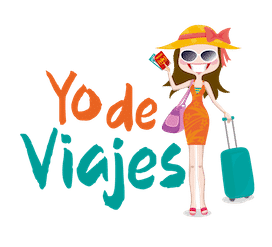Hector Vargas Gomez is the owner of Finca La Milagrosa. I met him years ago when I was visiting farms with my sister who had a restaurant in Panama City.


She wanted unique Panamanian products preferably organic. We asked in the town of Boquete and they recommended us to visit the farm.


Finca La Milagrosa produces miracles
Years later I returned (and he still remembered me!) to take pictures for a promotional campaign of agro-tourism in Panama. Hector, better known as Tito, inherited from his father this small farm of five hectares some thirty years ago.



He did not have resources but he had a lot of creativity. He started without plants or machines and nobody believed in him. The neighbors thought he was crazy and that he was never going to emerge. He grabbed parts of his Mitsubishi car and computers to make a machine to toast coffee.


Today, Finca La Milagrosa has won many awards internationally. If you visit you can see them hanging in his workshop. Hector has appeared on many television programs internationally but has not lost his modesty.

He sells his coffee mainly in Japan and Taiwan, apart from the United States. In Panama, you can only buy on the farm in Boquete or by order.



Learn the process of producing coffee
It is preferable to make reservations before visiting Finca La Milagrosa. There are two daily tour schedules at 9 a.m. and 2 p.m. in Spanish or English. They have a cost of $25 per person (price 2018) and include transportation from the center of Boquete. They serve from one person to groups of more than 50 people.

The visit lasts between two and three hours depending on the interest of the visitor. During the tour, Hector will explain the steps for transform coffee from fresh fruit to a drink. In real time it takes 3 months between processes and rests. It is explained step by step, including roasting and grinding the grain.


The tour can be done at any time of the year. Since the processes are always changing. When I went in May they were piling and sorting grains for sale.



Varieties of coffee and its harvest
The harvest in Boquete starts in December due to the altitude (1,500-1,600 meters above sea level) and the climatic conditions of the area. It ends more or less in March but may vary due to climate change. They have productions outside those months that they must also handle and process.


During the harvest you can see 22 helpers that are indigenous Ngöbe Buglé. It is very nice to see them harvesting the grains using their typical clothes that are colorful dresses for women.


Between 20 to 25 thousand plants cover the five hectares of Finca La Milagrosa. They have exclusive plots by variety but the highest production is a combination between the different varieties.


In your journey you will see the differences between the varieties and it will be surprising that not all the beans mature red, some are yellow.


They have about 10 varieties, the most popular or attractive is the geisha. They also have typical, pacamara, caturra, catuai, bourbon, mundo novo, pache and other less known names.



Among the coffee plantations you can find other edible plants such as orange, avocado, lemons, custard apple, banana and banana. In addition to native species that are preserved to maintain a balance.
![]()

At the end of the tour you will be able to taste the different types of coffee produced at Finca La Milagrosa.


Stay in a Hotel in Boquete.







